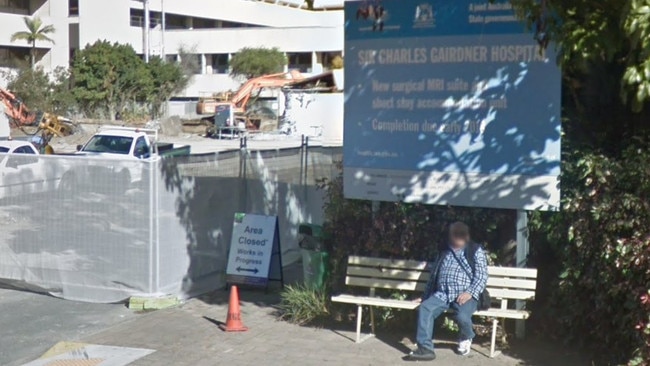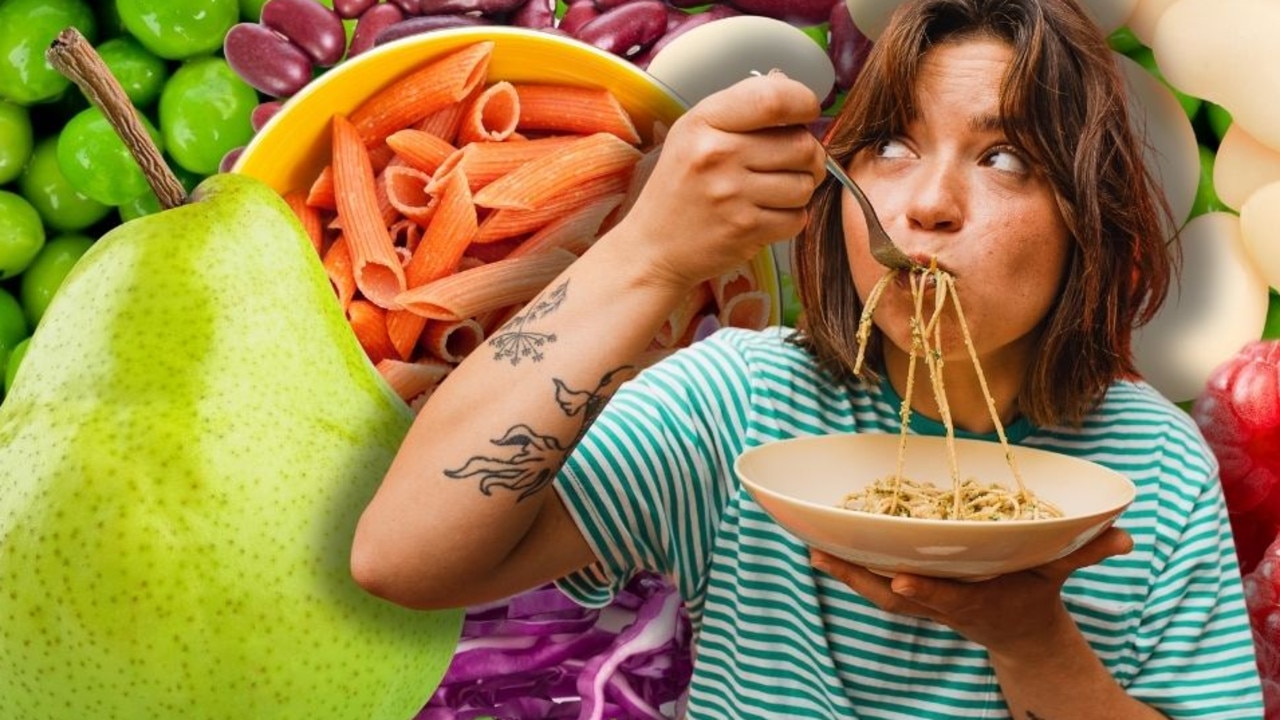Cost-of-living crunch to blame for convict-era disease spike
Once a hallmark of British slums and the migrant ships of centuries ago, scurvy cases are increasing because of the cost-of-living crisis.
Nutrition
Don't miss out on the headlines from Nutrition. Followed categories will be added to My News.
A worrying increase in convict-era scurvy is being driven by the cost-of-living crisis, an Australian dietitian claims.
A West Australian man in his 50s who rarely could afford to eat fresh food or take his prescribed supplements recently presented to hospital with scurvy.
The disease comes from not eating enough fruit and vegetables, associated with long sea voyages before commercial air travel, and in Anglo cultures with the grinding poverty of Victorian-era Britain.
The WA man’s case was recently published in the British Medical Journal and comes as scurvy cases in the UK reach about four times the average of 12 years ago.

Britons are also being infected with scabies at increasing rates, a disease of mites burrowing into the skin, associated with Victorian-era poverty.
Flinders University practising dietitian Jayne Barbour said economic conditions had conspired to drive more of these historic diseases.
“The re-emergence of scurvy is a reflection of the ‘perfect storm’ given the rise in food insecurity and the increasing cost of living pressures, as well as the limited availability of fresh produce in remote areas,” Dr Barbour said.
“This is further compounded for those who are following restrictive diets, are on weight-loss medications such as Ozempic, or have undergone bariatric surgery.”

The WA man told doctors “he was short of cash and neglected his diet, eating little in the way of fruit and vegetables”, the medical journal article states.
He had also stopped taking the nutritional supplements prescribed for him after previous weight loss surgery because he could not afford them.
Being given vitamin C, vitamin D3, folic acid and multivitamins, his painful rash and other symptoms cleared.
Australian Bureau of Statistics data shows less than 10 per cent of people eat their recommended servings of fruit and vegetables, Dr Barbour points out.
Further, people using weight-loss medication such as Ozempic, or who have had bariatric surgery, are often on restrictive diets, again running the risk of not getting enough vitamins.

“It will be interesting to see if this disease (scurvy) from the past becomes more frequently diagnosed against the backdrop of the growing use of weight-loss medications,” Dr Barbour said.
Orange juice, potatoes, dark green vegetables, citrus fruits, strawberries, tomatoes, kiwi fruit and capsicum are good sources of vitamin C.
“Those following a restricted diet may require supplementation with a vitamin and mineral supplement and should seek professional nutritional advice from a dietitian,” Dr Barbour said.
The doctors in WA said the man they treated was obese, had a poor diet, was low-income, had previous bariatric surgery and took proton pump inhibitor medication; all of which are risk factors for scurvy.

Essentially every Australian household has been hit by high inflation. But anyone already on a tight budget before inflation peaked in late 2022 will have precious few dollars to spend on fresh food.
On paper, inflation on fruit and vegetables has actually subverted the overall high inflation trend of the past few years.
Australian Bureau of Statistics data shows fruit and vegetable prices specifically actually decreased in annual terms through 2023 to March 2024. From March to June fruit and vegetable prices rose 3.7 per cent.
But while fruit and veggie prices actually fell this time last year, tea and coffee, frozen meals and health supplements, bread, cereal and dairy shot up in price.
In the UK the inflation rate peaked higher than in Australian in late 2022, and doctors there are reporting more and more cases of scurvy, and rickets - the latter caused by lack of sunlight and vitamin D.
Scurvy and rickets are viewed as proxies for malnutrition, and about 10,000 Britons are being admitted to hospital for the diseases - four times more than in 2012.
Former UK Royal College of General Practitioners president Clare Gerada has warned the UK was in danger of “going back to the Victorian era”.
Originally published as Cost-of-living crunch to blame for convict-era disease spike



